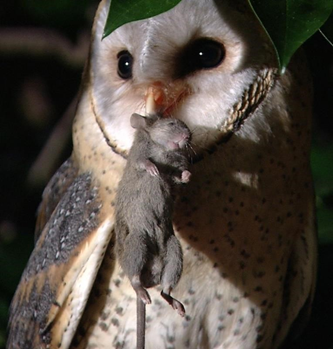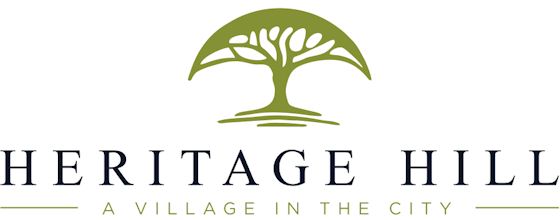Barn Owl
This owl box has been installed as part of the Heritage Hill Conservation Programme. This box in particular has been designed for the Barn Owl – (Tyto alba) whose breeding season usually occurs during late summer to spring.
This is a most exciting period as activity is centered round the box. The female Barn Owl can have a clutch size of up to 10 eggs, usually hatching after about one month. The owlets are able to fly by the time they are between 6 and 8 weeks old and can be seen in the vicinity for about two to three months thereafter.
Unlike the Spotted Eagle Owl, they do not make the ‘hoot’ sound but instead produce a high-pitched screech, which you can listen out for on quiet evenings.
The greatest threat facing owls in urban areas is the use of rat poison; owls eat poisoned rats and then die too. There is no such thing as an owl friendly rat poison.
If you see any activity around the owl box or if you would like more information on howto make your home rodent free, please contact your site office or visit www.ecosolutions.co.za
Good luck with your owl box project, we hope it’s a hooting success!


Spotted Eagle Owl
This owl box has been installed as part of the Heritage Hill Conservation Programme. This box in particular has been designed for the Spotted Eagle Owl – (Bubo africanus)-whose breeding season usually runs from August to December each year throughout the Southern Hemisphere.
This is a most exciting period as activity is centered round the box. The Spotted Eagle Owl has an averageclutch size of between two to foureggs. The owlets leave the box approximately four to five weeks after hatchingand can be seen in the vicinity for about two to three months thereafter.
On a quiet evening you can listen out for the Spotted Eagle Owl with its musical hoot. The male calls with two hoots “Hooo Hoopoo”, and the female answers with three hoots “hoo hoo hoo”.
The greatest threat facing owls in urban areas is the use of rat poison; owls eat poisoned rats and then die too. There is no such thing as an owl friendly rat poison.
If you see any activity around theowl box or if you would like more information on how to make your home rodent free, please contact your site office or visit www.ecosolutions.co.za
Good luck with your owl box project, we hope it’s a hooting success!


Bats
Your bat box has been installed as part of the Heritage Hill Conservation Programme.
This bat box is made from 100% recycled wood and is designed to attract crevice dwelling bats such as the Free-tailed, Cape Serotine and Yellow House bat. Occupancy will most likely take place in spring or early summer after the bats have returned from winter migration/hibernation.
Insectivorous bats are the primary predators of flying insects.
Common Misconceptions about Bats
Bats attack humans: Like any animal that feels threatened, bats may bite in self-defense when picked up. However, bats are naturally non-aggressive animals and unprovoked attacks by bats on humans have never been recorded.
Bats carry rabies: In Southern Africa, “typical” rabies is carried by dogs and wild animals, but has never been detected in bats. A recent study of 780 bats in South Africa found that of the sample group, not one tested positive for rabies.
Bats and their droppings carry parasites that cause disease: Bats harbour some fascinating, but completely harmless parasites. Bats do however carry “insects” similar to fleas, which rarely bite any other animal except other bats



